SPOTLIGHT IN-DEPTH
Self-managed abortions in South Africa — this is the situation today
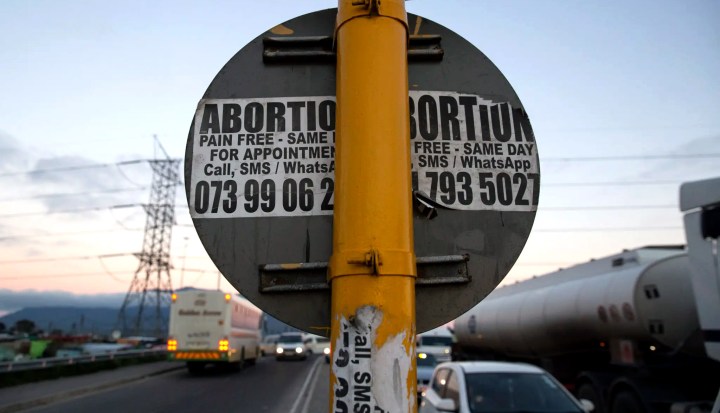
While abortion in South Africa is legal and free in public healthcare facilities, it is estimated that up to 58% of abortions are performed by illegal providers. This is attributed to a variety of factors, ranging from lack of capacity at clinics to fear of being found out and stigma. Self-managed abortions have the potential to change this. Amy Green reports on the state of abortion in South Africa and how self-managed abortions could help increase access to legal abortions.
In a context where access to surgical abortion is limited, self-managed abortion has the potential to help women realise their right to terminate pregnancies, in privacy and from the comfort of their own homes.
Although legal, safe and evidence-based, the practice faces resistance and apathy. Instead, most women are forced to turn to a system designed to make them jump through hoops. A system where safely choosing to terminate pregnancy often becomes an unattainable goal and where, in reality, women are often compelled to go to term or risk their lives by going underground.
Abortion services in South Africa
Abortion services are supposed to be provided free of charge in the public healthcare sector. However, there are numerous barriers to accessing this service. These include not all public health facilities being able to provide abortion services (one report claims that only 7% of government facilities provide abortion services), a lack of doctors trained to perform surgical abortions, fear and stigma associated with an unplanned pregnancy, and healthcare worker attitudes.
Medical students are still not being taught basic reproductive clinical skills including manual vacuum aspiration [surgical abortion].
Abortion in the country is governed by the Choice on Termination of Pregnancy Act (CToP Act), which stipulates that women can elect to have an abortion for any reason if they are under 13 weeks’ pregnant. Usually, a medical abortion will suffice in these cases, which is when abortion medication is given and no surgical procedure is required.
Women can also have an abortion from 13 to 20 weeks of pregnancy in special cases, including if the mother was raped or the parents can’t afford to have a baby. In this case, a surgical abortion is performed, which is the physical removal of the foetus. This procedure needs to be done in a designated health facility under the management of trained healthcare workers.
Barriers to facility-based abortion care
According to Marion Stevens, a sexual and reproductive health and justice expert, the skills and training needed for surgical abortions are scarce. “What we are also still seeing is medical students aren’t being taught basic reproductive clinical skills including manual vacuum aspiration [surgical abortion],” she says.
Only a small proportion of public-sector facilities offer abortion services, and a lack of training for new doctors, Stevens suggests, will only compound this problem. However, if more women could access medical abortions earlier, the need for surgical abortions would decrease substantially.
About 25% of abortions in South Africa are performed in the second trimester (weeks 13 to 28), necessitating inpatient care via the surgical procedure, which is more resource-intensive for the system as well as more uncomfortable for women.
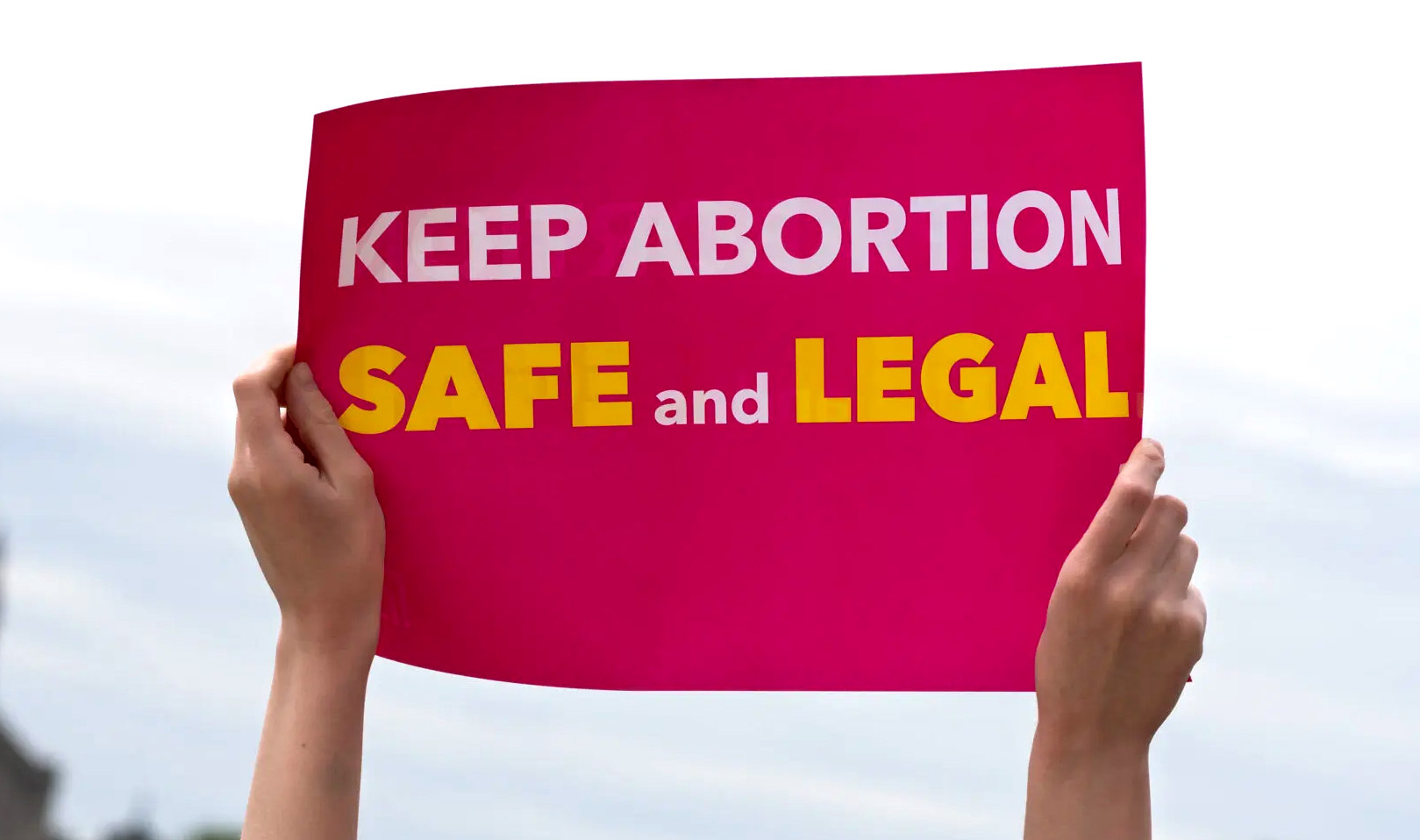
Abortion is legal in South Africa and supposed to be available for free at public health facilities, but there are numerous barriers to women accessing this service. (Photo: Lorie Shaull / CC-BY-SA-2.0 / Spotlight)
Limited availability
But medical abortion (using just pills) is only available in 119 public-sector facilities, according to Thembi Zulu, deputy director for women’s health and sexual and reproductive health in the Department of Health. With 422 hospitals and 3,841 clinics in the public sector, according to Statistics South Africa, this works out to fewer than 3% of facilities providing medical abortions.
This vastly restricts access for the majority of the population who rely on the public health sector. Women in rural areas and those outside of major cities may have to travel long distances to find a facility. Even if they have the time and transport money, they often encounter waiting lists, or are turned away and told to come back at a later date, incurring more costs and narrowing their window of eligibility.
Carin Coetzer, a pharmacist based in Stellenbosch who runs a pregnancy outreach nonprofit organisation, tells Spotlight about a 19-year-old girl who came to her for help, desperate for an abortion, but at 22 weeks’ pregnant, was ineligible – not through any fault of her own, but due to “the system not working properly”.
Coetzer says that upon realising she was pregnant, the teenager went to the local clinic which provides abortion services, but the designated healthcare workers were not there on that day. Due to numerous delays, it was only during her fourth visit that she received an ultrasound and found out how far along her pregnancy was. By this time she had passed the cut-off for medical abortion and was referred to Cape Town for a surgical abortion that week, but this coincided with a taxi strike preventing her from making the trip and by the time the Cape Town facility could see her again she was 21 weeks’ pregnant and no longer qualified for a surgical abortion and was forced to have the baby.
“How many women find themselves in similar situations with no access to safe abortions, despite the fact it is their right? At public clinics, unfortunately this happens more often than not,” says Coetzer.
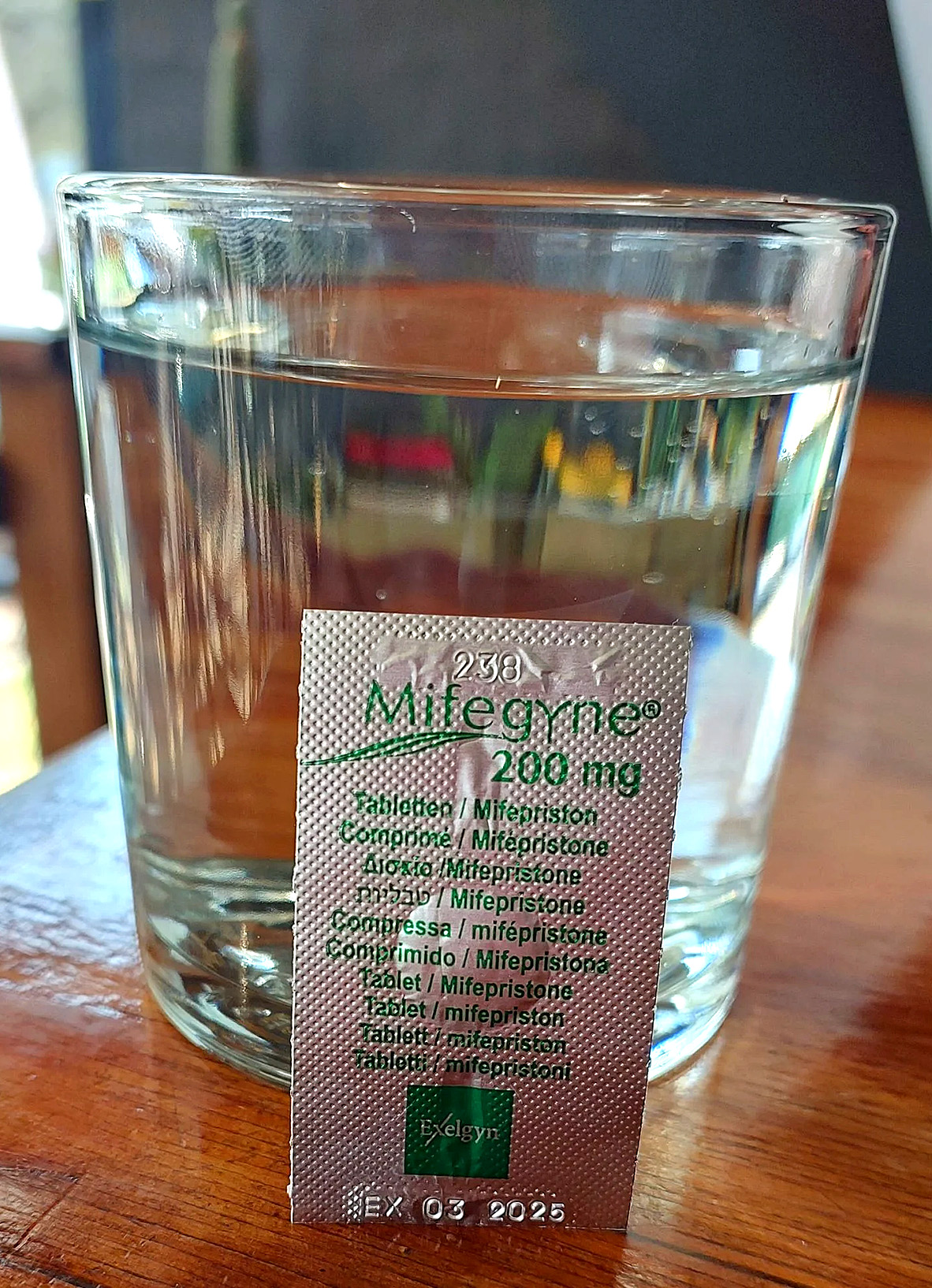
Medical abortion involves two drugs, mifepristone and misoprostol. Using them together has a 98% efficacy rate. (Photo: Amy Green / Spotlight)
A few hundred rands
Having to return to the clinic repeatedly because of a lack of capacity, the costs related to time wasted and transport add up, according to Victoria Satchwell who heads the nonprofit Abortion Support South Africa, which provides tele-abortion services
While abortion services, including the medication for a medical abortion, are free in the public sector, the access issues end up becoming a financial burden to women, especially those in outlying areas.
Medical abortion involves two drugs, mifepristone and misoprostol. Satchwell says the gold standard of care is using both medications in combination, with an efficacy rate of 98%. The combination costs about R700 at a private-sector pharmacy. However, misoprostol can be used alone, with an efficacy rate of 90% and a cost of R180.
So many women and girls go into clinics only to be lectured, which is another driver of the huge black market of illegal abortion services out there.
Satchwell says R700 might be prohibitive for some women, but when weighed up against the access issues and the benefits in terms of accessing medical abortion timeously, lowering the need for surgical abortions, it actually works out to be easier, cheaper and less traumatic for women.
Through her work with Abortion Support South Africa she had found that most women are able to come up with the funds for the combination regimen, or at least misoprostol alone. Abortion Support provides the telemedical consultation with a doctor to women for free, so it is usually only the cost of the medications that women need to cover. Even then, Abortion Support helps some women, as much as their limited funding allows, to cover this in cases where there is absolutely no money.
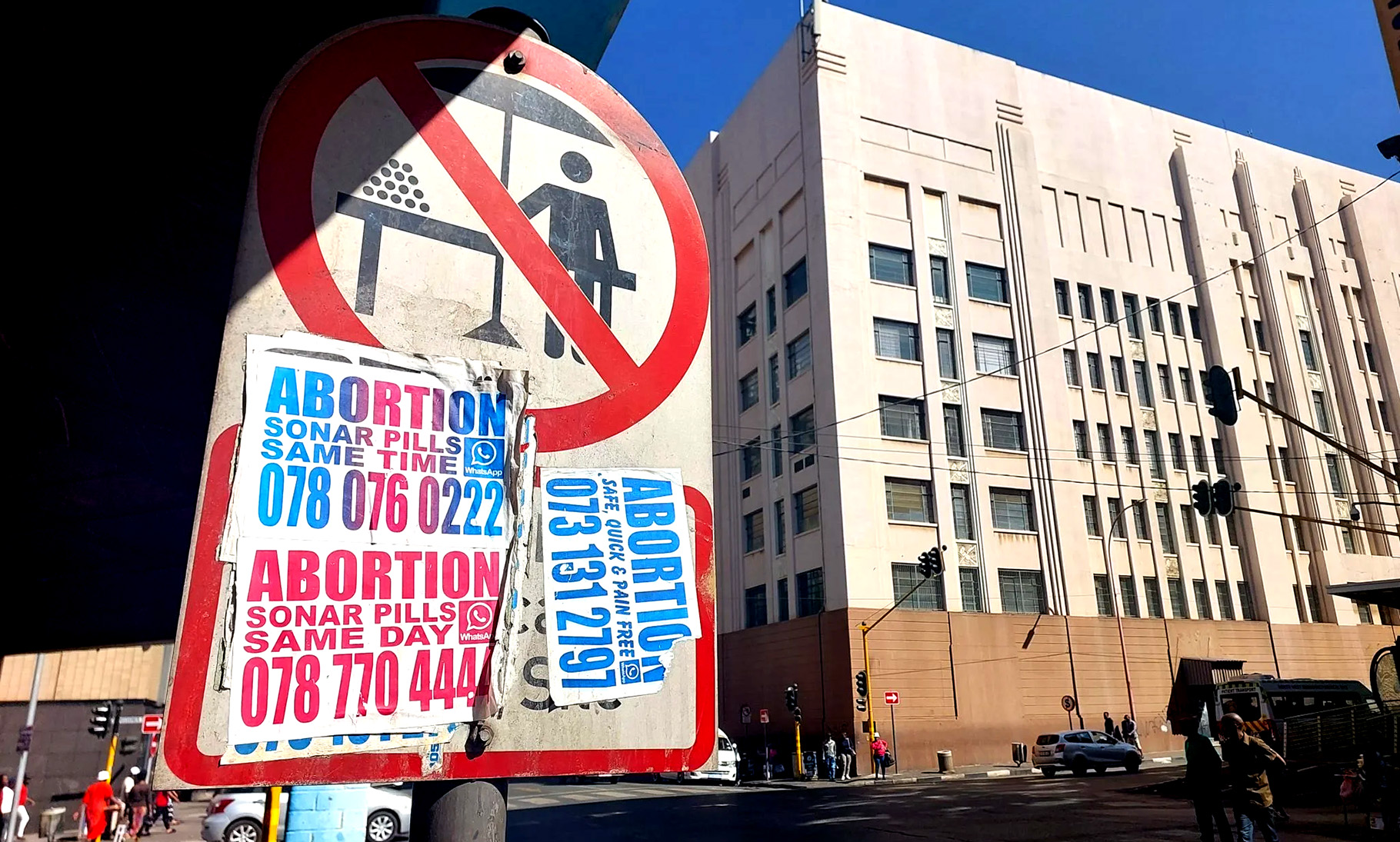
For a variety of reasons, such as fear of others finding out or being shamed and abused by healthcare workers, women sometimes turn to illegal abortion services. (Photo: Amy Green / Spotlight)
Illegal abortions
Even if clinics have the capacity to perform abortions, young women and girls often face stigma and abuse at the hands of healthcare workers, according to Jackie Maimin, CEO of the Independent Community Pharmacy Association.
“We hear of so many women and girls who go into clinics only to be lectured, which is another driver of the huge black market of illegal abortion services out there,” she says.
Between 52% and 58% of abortions in the country take place in the informal sector, according to Satchwell. Since illegal abortions aren’t systematically counted, there is inevitably some uncertainty regarding this estimate – an Africa Check article could find no data to support the 52%-to-58% claim, though it’s been widely repeated in the media.
Another reason women might turn to the black market for an illegal abortion is because they do not want to publicly disclose that they are either pregnant or are having an abortion and fear that healthcare workers will not respect their confidentiality, despite the legal obligation to do so.
Sihle* told Spotlight how she got pregnant at 21. She was unmarried and lived in a very small village near Bushbuckridge in Mpumalanga. She says she wanted to terminate the pregnancy but knew if she went to the local clinic, her mother would find out. She asked friends for advice and was directed to an “aunty” in the area. A few weeks later, she walked up to the small house where, she says, an elderly woman asked her a few questions and handed her a packet of tablets in exchange for R200. A week later she started to feel sick, was bleeding uncontrollably and paralysed with searing pain.
“Every day, for over a month, I woke up scared that this was going to be the day that I die,” she recalls.
Although it was a close call, she survived the backstreet abortion, after receiving care at a hospital and spending more than two months recuperating in pain. Today, Sihle is a healthy 26-year-old with a beautiful baby boy, who she chose to have when she was ready.
Self-managed abortions
While abortion is generally still thought of as something that happens at a health facility, experts say the vast majority of abortions do not need to be managed by a healthcare worker based in a health facility. According to Stevens, our health facilities are overburdened, and these scarce resources should be devoted to those who, for whatever reason, need constant care and management in a clinic or hospital. The majority of women in need of abortion care, she argues, should be allowed to consult a doctor remotely and take their medication at home or outside of a health facility.
Self-managed abortions could fill this gap in care.
“Self-managed abortion is a broad term,” explains Satchwell. It refers to some elements of the abortion process happening outside of a health facility. “They don’t specifically refer to self-managed abortion in the CToP Act but they do talk about taking medication in the home setting.”
The first element that falls under this umbrella is self-assessment, where the person assesses their eligibility for an abortion themselves. According to Satchwell, although many believe a physical exam needs to be done, including an ultrasound to determine how far along a woman is in the pregnancy, this is not technically a requirement.
“Self-assessment can be supported by tele-medicine. A virtual consultation with a doctor can determine how far along a woman is, based on their last menstrual period,” says Satchwell.
Abortion Support South Africa usually works on a time cut-off of 10 weeks, even though medical abortion is legal up to 12 weeks, to provide the safest possible service.
In this virtual consultation, the doctor can also find out if there are any other factors that may necessitate a referral to a health facility, which could include possible contraindications to the medicines or if she is unsure about when her last period was – in this case an ultrasound may be prescribed.
However, if the doctor deems it safe, they can prescribe the abortion medications, which can be filled at a pharmacy and taken at home.
“There is nothing in the act or policy that excludes self-managed abortions or actually excludes telemedical abortions. To be legal, there must be some connection to a healthcare provider. And this healthcare provider does more than just write a script. They need informed consent. The healthcare provider needs to inform the woman about the various elements of the abortion process. She must understand exactly what is going to happen to her. The healthcare provider must also assess the gestational age based on the legal limits,” says Satchwell.
The second element of self-managed abortion is the self-administration of the prescribed pills, as opposed to being administered by a healthcare worker in a clinic or hospital. The third is the self-assessment of the success of the termination, which can also be done via a remote consultation instead of an in-person examination at a health facility.
Access to self-managed abortions in South Africa
Currently self-managed abortions are not routinely available in the public sector, according to Zulu.
“A plan for a digital sexual and reproductive health programme is still under way but we have not yet started. We will be starting with a pilot project but we are not yet certain of the timelines,” she tells Spotlight.
This “digital programme” would include a range of sexual and reproductive services including telemedical abortion care, but at this stage she could provide more detail as to what this would look like and how it would work.
The pilot will be introduced in the four provinces with the highest rates of teenage pregnancy – KwaZulu-Natal, Eastern Cape, Mpumalanga and the Northern Cape.
There are just under 50,000 abortions that take place in the public sector annually in girls aged between 10 and 19, according to Zulu.
For now, self-managed abortions are only accessible through the private sector, but the cost of the drugs is only one of the hurdles for women who choose this route.
Many pharmacists are uninformed that abortion does not only need to happen at a medical facility. Some object based on personal or religious convictions, but there is legislation and there are guidelines in place.
Many private-sector pharmacies are reluctant to stock abortion medications for various reasons, according to Maimin. These include the lack of perceived demand, their cost, moral or religious objections to abortion and a lack of education or awareness that these medications can be delivered directly to patients, since many pharmacists still believe they should only be dispensed at facility level.
Much of Satchwell’s work with Abortion Support South Africa focuses on lobbying and educating private pharmacies about their legal obligation to dispense these drugs if a patient presents them with a valid prescription, as well as the need to stock the medications so that self-management is accessible to all who seek it.
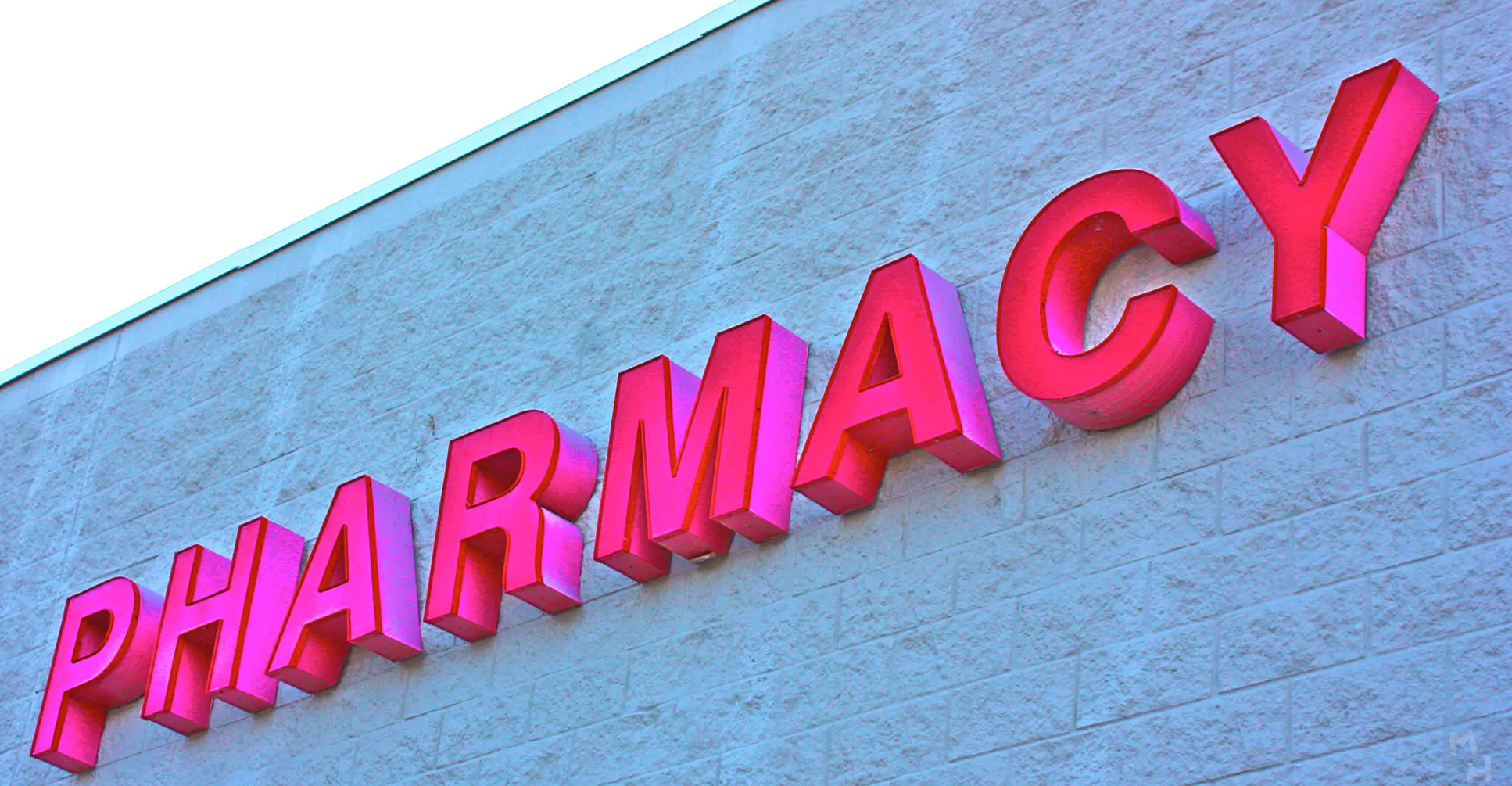
Pharmacies in the private sector are sometimes reluctant to stock abortion medication, but potentially can play a role in improving access to self-managed abortions. (Photo: Marcus Quigmire / Flickr / Spotlight)
She says pharmacies are reluctant to stock mifepristone because it is expensive and misoprostol because it only comes in a pack of 60, while only up to 12 tablets are dispensed to an individual patient for a medical abortion. Misoprostol is also used to prevent the development of stomach ulcers while taking non-steroidal anti-inflammatory drugs.
“Pharmacists have the potential and power to play a crucial role in this space…[and to] really make a difference in the lives of women,” says Simoné Eksteen, a community pharmacist based in Mpumalanga.
“There is no stigma attached to going to a pharmacy. You could be there for anything from shower gel to cold medication. No one is going to bat an eyelid about why you are walking in there, alleviating the fear of stigma and giving women the gift of discretion,” she says. “But unfortunately, many pharmacists are uninformed that abortion does not only need to happen at a medical facility. Some object based on personal or religious convictions, but there is legislation and there are guidelines in place, and I advocate to my colleagues that we should not let our personal convictions restrict our patients’ access to safe and affordable termination-of-pregnancy services.”
She adds that “we are not supposed to judge them, we are healthcare professionals with an obligation to help our patients”.
She says that if pharmacies don’t want to stock the medication for fear they will sit on their shelves and expire, they should work with other pharmacies in their area and make arrangements to share stock based on demand.
Read more in Daily Maverick: What really drives anti-abortion beliefs? Research suggests it’s a matter of sexual strategies
“The fact is that the inequitable access to abortions affects black women disproportionately, but telemedical services have huge potential to address this inequity,” says Stevens.
“In many ways young feminists are leading the charge in this space, offering support and networks to women to access self-managed services, while traditional health sectors fail to provide this access – giving women choices and control over this process, and over their own bodies. These groups [like Abortion Support SA and Women on Web] provide information, resources, support and care if needed,” she says. “Self-managed abortion means you are at home instead of at a facility, but it does not mean that you are alone.” DM
* Not her real name.
This article was produced by Spotlight – in-depth, public interest health journalism.




















 Become an Insider
Become an Insider
Well done to this organisation.
There were 88000 babies born to school children in our country.
88 000 young lives ruined & what chance do those poor babies have in life?